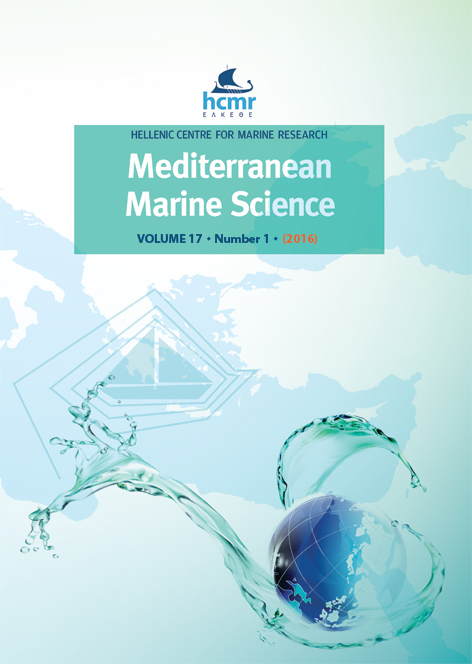Characterization of Micrococcus luteus and Bacillus marisflavi Recovered from Common Dentex (Dentex dentex) Larviculture System
Resumen
In this manuscript, thirty yellow-pigmented Gram-positive bacteria were isolated from natural intestine microflora and from sea water around the marine cage of a rearing tank of common dentex (Dentex dentex), in the Aegean Sea on the Turkish coast and were characterized. Eighteen isolates were assigned to the species Micrococcus luteus, the other twelve to the species Bacillus marisflavi. Eight representative strains, six from B. marisflavi and two from M. luteus, were chosen for further 16S rDNA analyses. A pathogenicity assay for the isolated bacterial
strains was carried out in rainbow trout and it evidenced absence of pathogenicity in the tested strains. The isolated strains were tested for in vitro antagonistic activity against Listonella anguillarum, a pathogen bacterium diffused in Mediterranean aquaculture and affecting various fish species. The isolated bacterial strains showed antagonistic activity against the pathogenic bacterium, suggesting a possible role of isolates as probiotics. In this study, for the first time, bacterial strains of the species B. marisflavi, known as an environmental species, were recovered in the gut microbiota of a healthy fish. The use of the isolates characterized in this study, mainly the yellow-pigmented bacterium, is suggested as possible probiotics to improve fish health, along with alternative methods of maintaining a healthy environment.
Article Details
- Cómo citar
-
AKAYLI, T., ALBAYRAK, G., ÜRKÜ, Ç., ÇANAK, Ö., & YÖRÜK, E. (2015). Characterization of Micrococcus luteus and Bacillus marisflavi Recovered from Common Dentex (Dentex dentex) Larviculture System. Mediterranean Marine Science, 17(1), 163–169. https://doi.org/10.12681/mms.1322
- Número
- Vol. 17 Núm. 1 (2016)
- Sección
- Research Article
Authors who publish with this journal agree to the following terms:
- Authors retain copyright and grant the journal right of first publication with the work simultaneously licensed under a Creative Commons Attribution Non-Commercial License that allows others to share the work with an acknowledgement of the work's authorship and initial publication in this journal.
- Authors are able to enter into separate, additional contractual arrangements for the non-exclusive distribution of the journal's published version of the work (e.g. post it to an institutional repository or publish it in a book), with an acknowledgement of its initial publication in this journal.
- Authors are permitted and encouraged to post their work online (preferably in institutional repositories or on their website) prior to and during the submission process, as it can lead to productive exchanges, as well as earlier and greater citation of published work (See The Effect of Open Access).





